University Physical Activity Report: Health Benefits and Guidelines
VerifiedAdded on 2022/12/26
|5
|748
|47
Report
AI Summary
This report examines the crucial role of physical activity in maintaining and improving overall health and well-being. It highlights the benefits of regular exercise, including reduced risk of chronic diseases, improved mental health, and enhanced physical strength. The report references guidelines from organizations like the CDC and Health.gov, emphasizing the importance of moderate and vigorous activity levels. It also discusses initiatives like the development of high obesity programs and educational programs to promote awareness of physical activity's advantages. Furthermore, the report addresses the significance of walking for cardiovascular fitness, bone strength, and muscle power. It concludes by underscoring the positive impact of physical activity on both individual and community health, as well as its role in preventing disease and promoting a healthy lifestyle. The report also references the importance of nutrition and physical activity in maintaining overall health.
1 out of 5
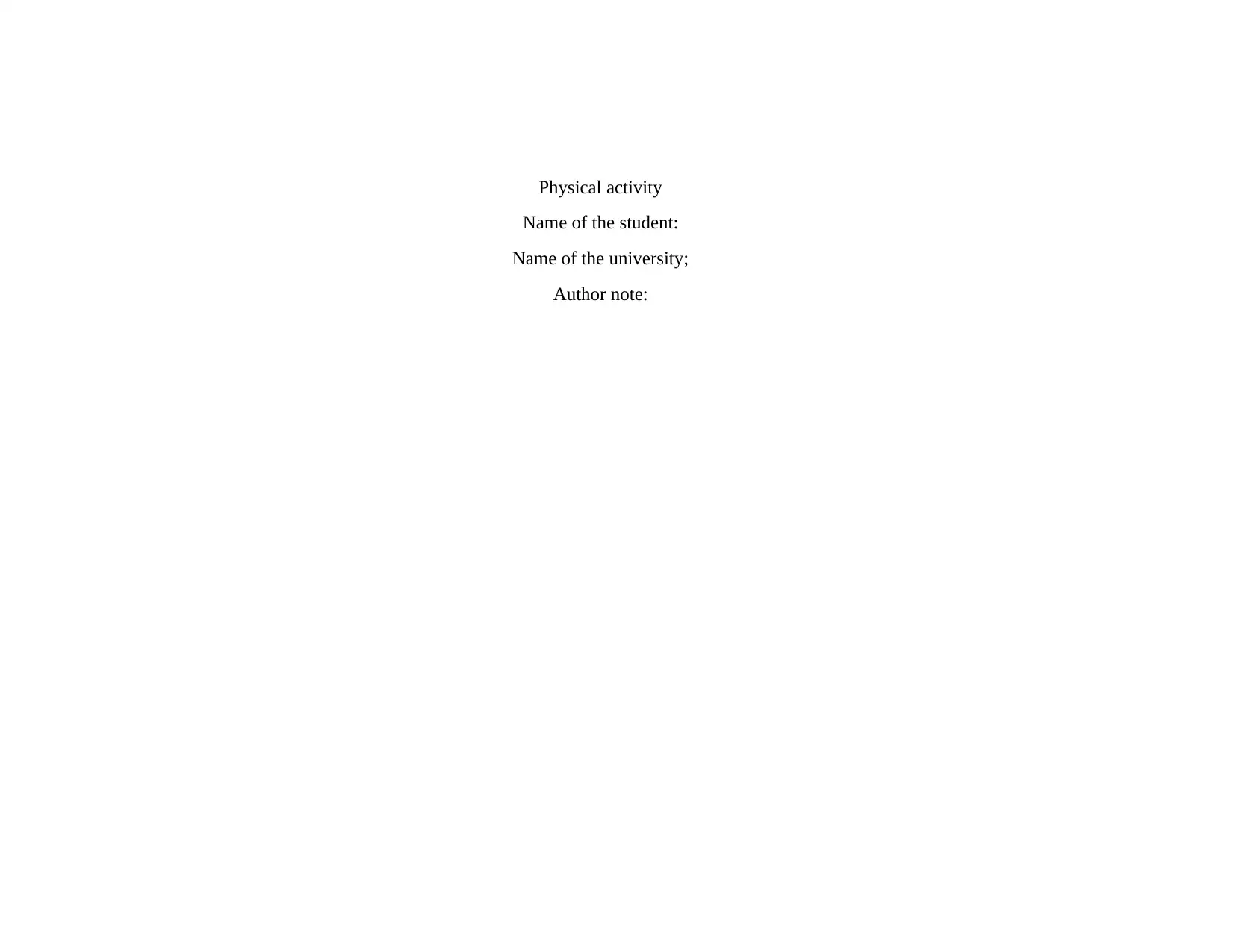
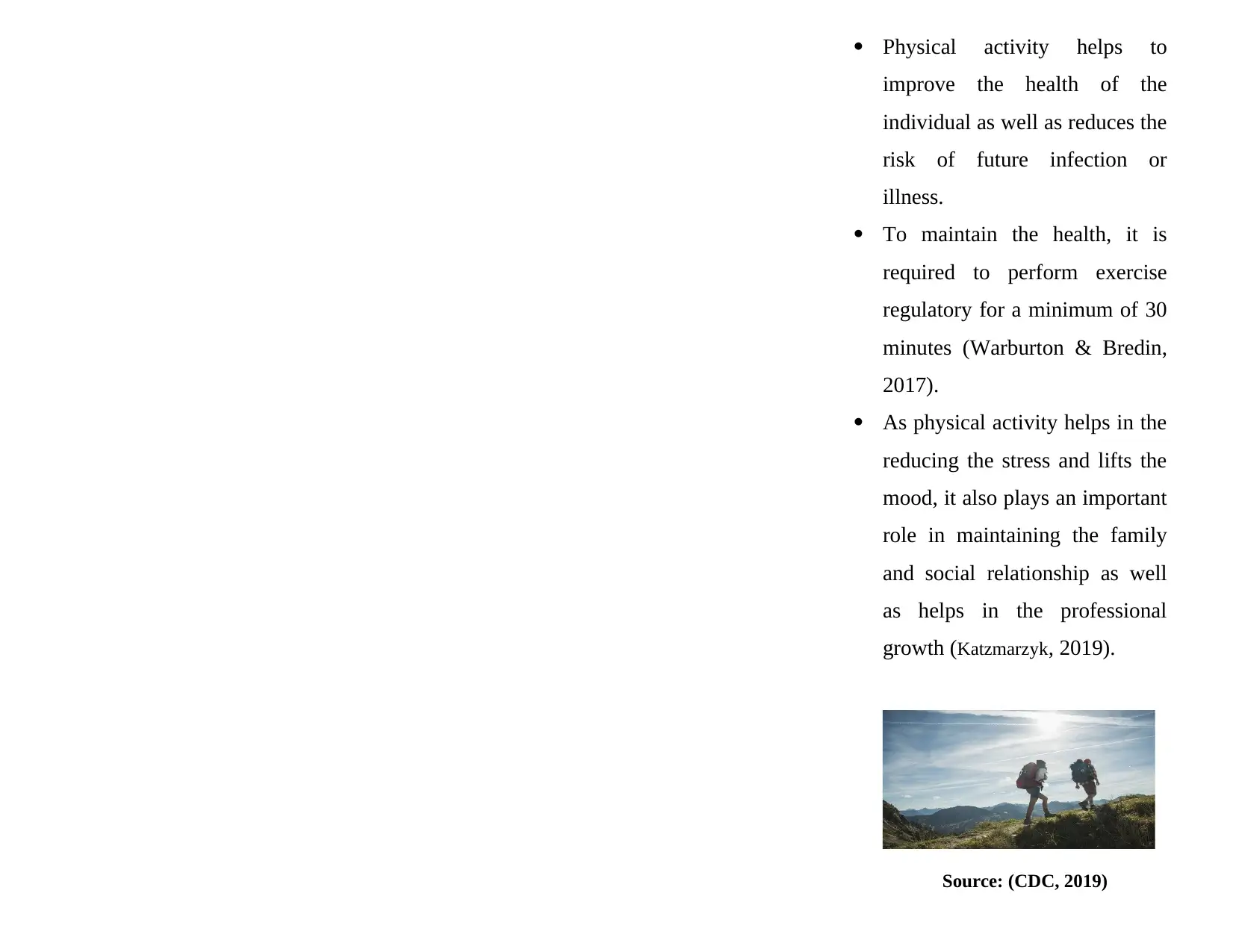
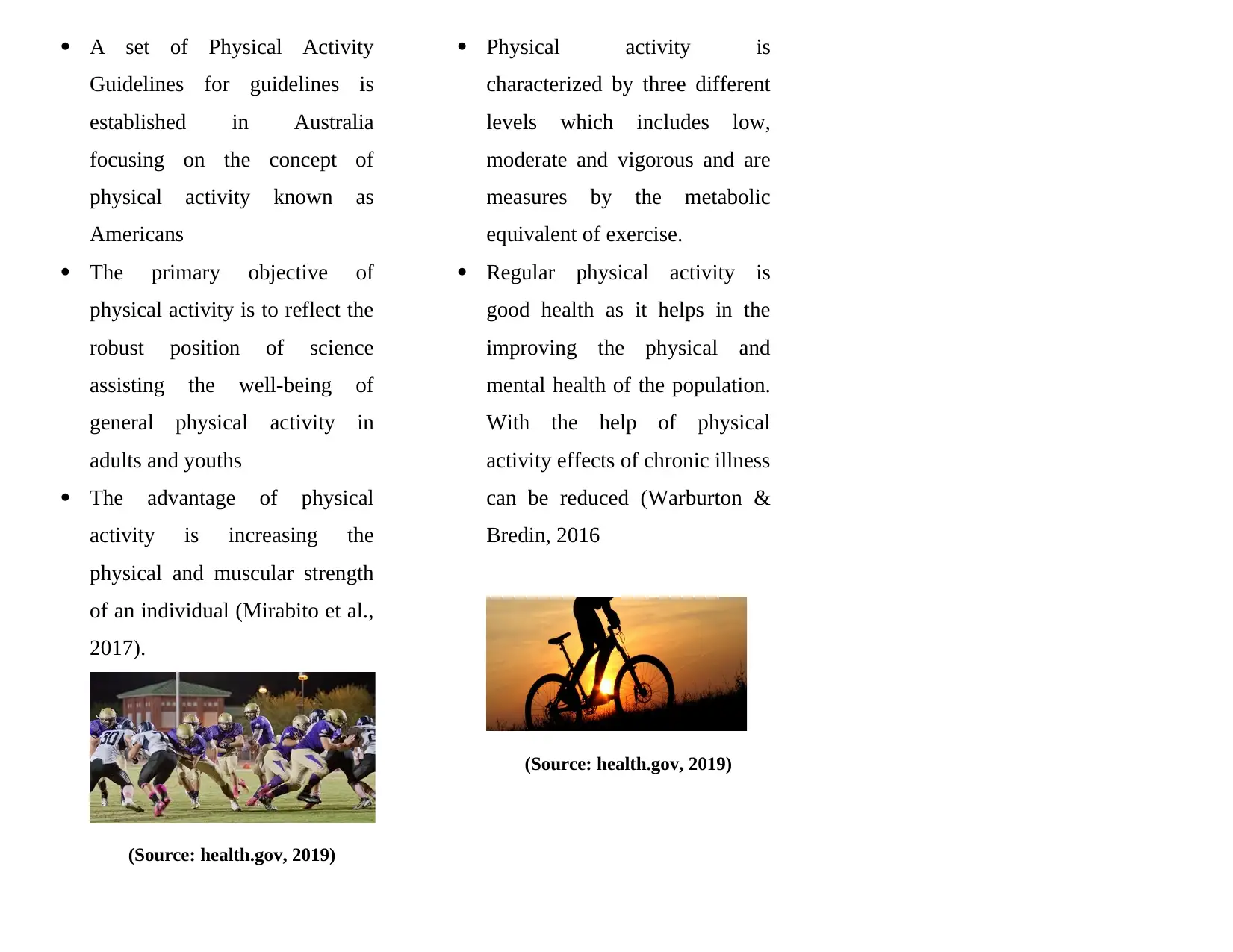

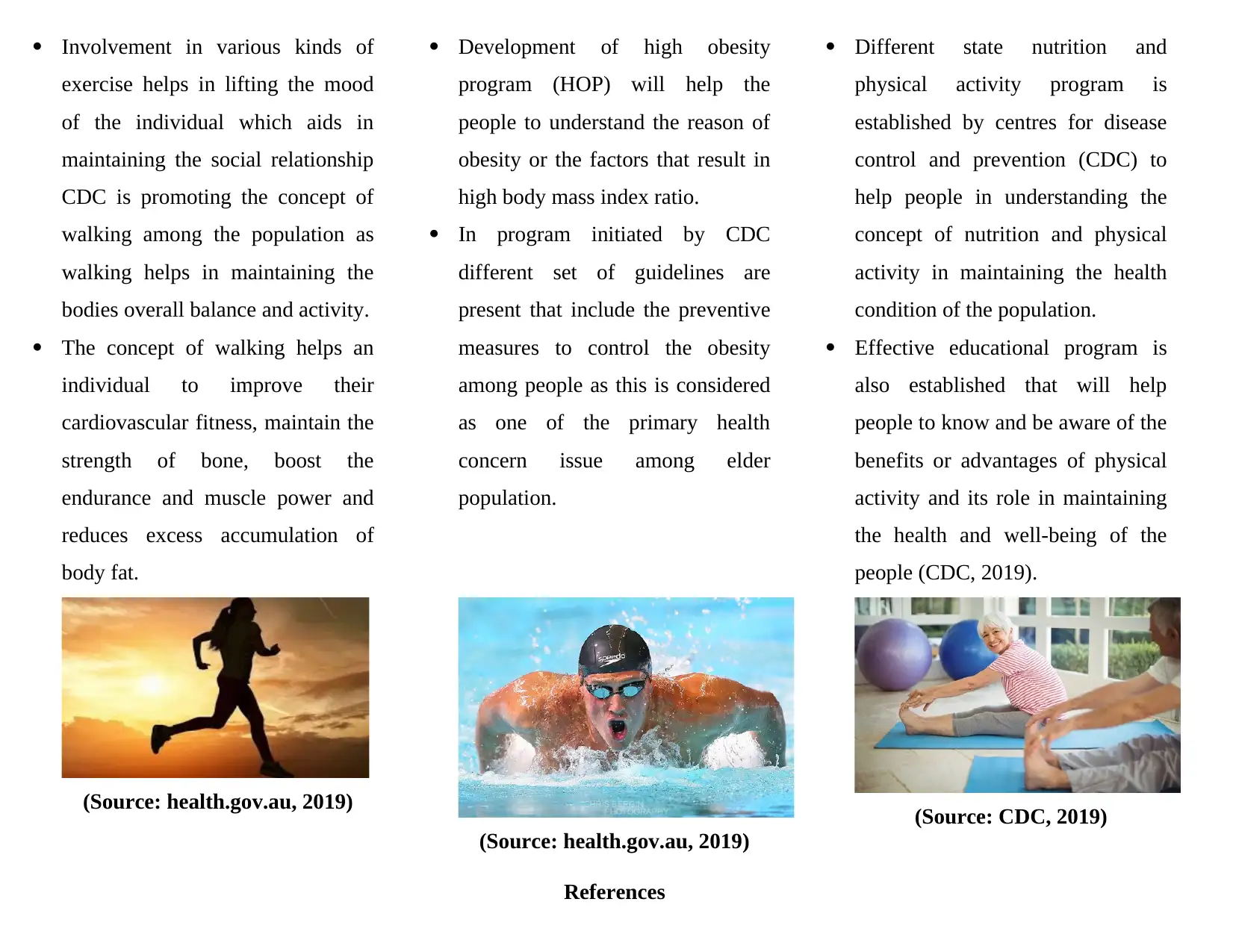
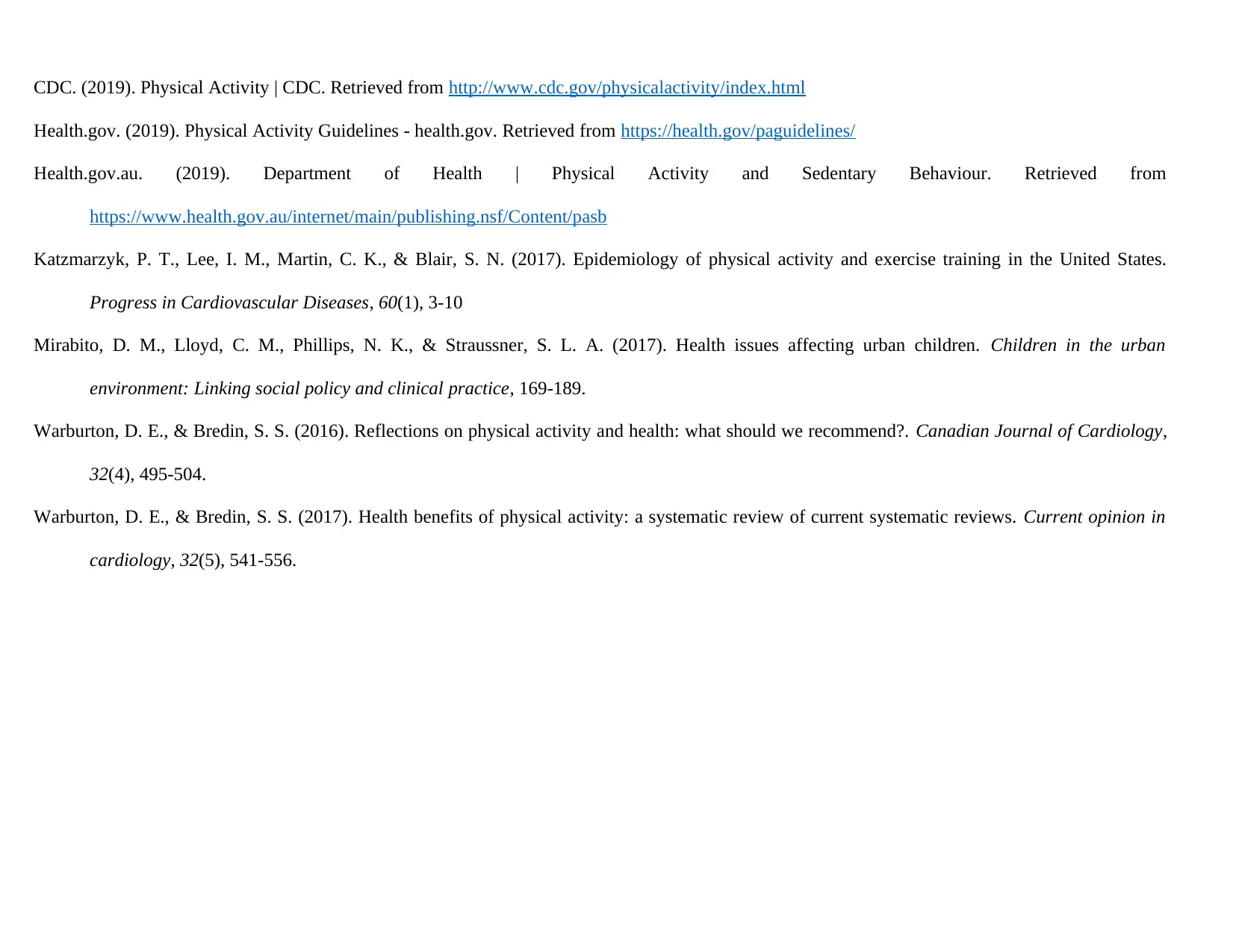





![[object Object]](/_next/static/media/star-bottom.7253800d.svg)